I have lived on Merseybank Estate in Chorlton for six years and like many people I became more obsessed with wildlife during the coronavirus lockdown. As I was working from home, I spent my lunch breaks and evening watching everything from the birds to the bees in the day to the bats and hedgehogs in the night.

We were lucky to get a house that was entirely lawn on two sides so we transformed it into a wildlife garden by adding a pond, planting trees, bushes, flowers, a compost heap, bug hotels, a hedgehog house and bird feeders.
Trigger Warning: Spiders.
What can you find on your bird feeders in Manchester?
It wasn’t long before the birds discovered the feeders and started using them. We filled them with suet, sunflower seeds, niger seeds and nuts which made them instantly popular.
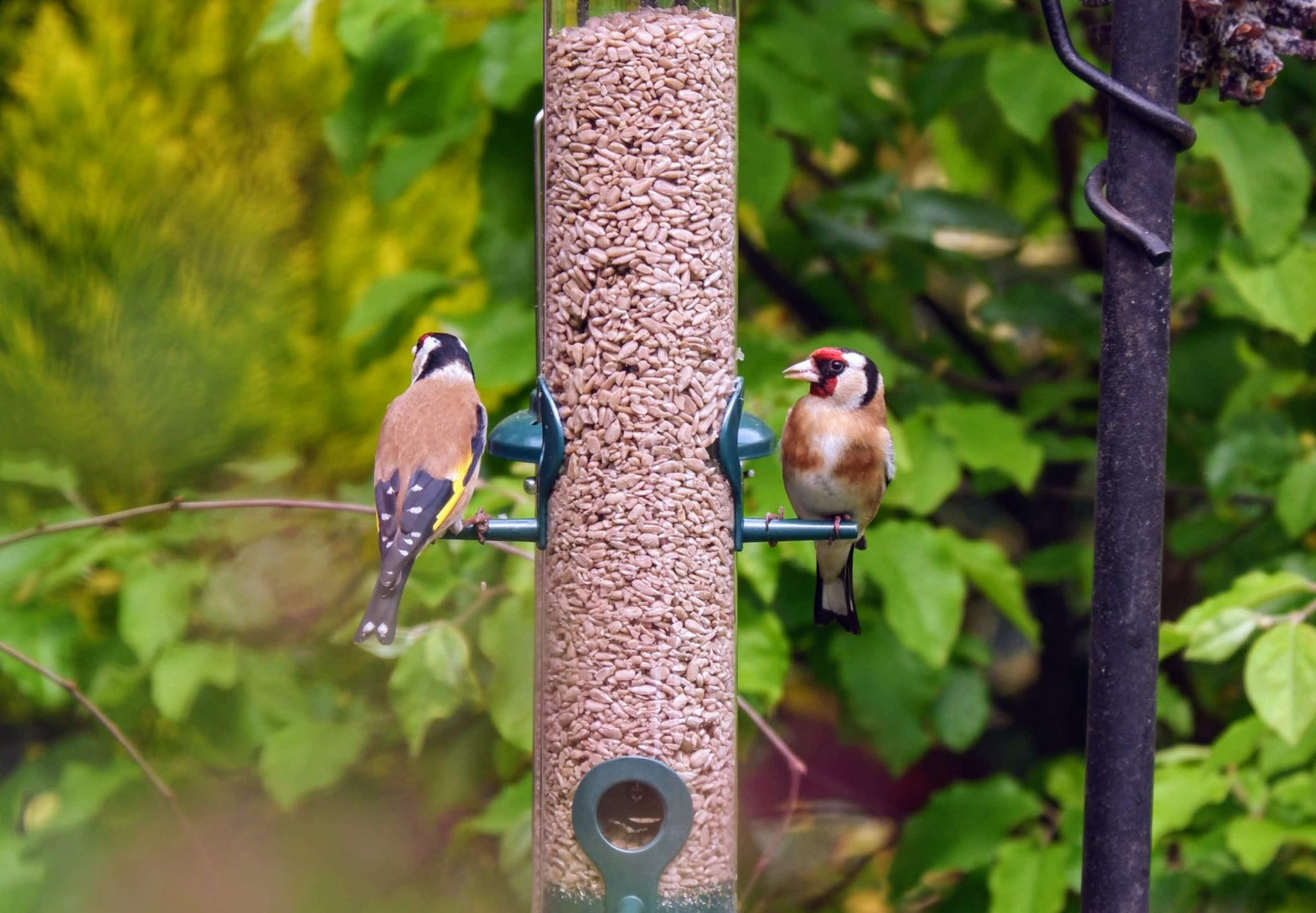
As well as the blue tits, great tits, coal tits and long-tailed tits that visit all year round, we get a lot of finches in the springtime. The most dedicated of which is the fabulous goldfinch that came every day and even brought their fledglings to the feeder. Other big groups that brought their juveniles were the great tits, blue tits and the house sparrows.
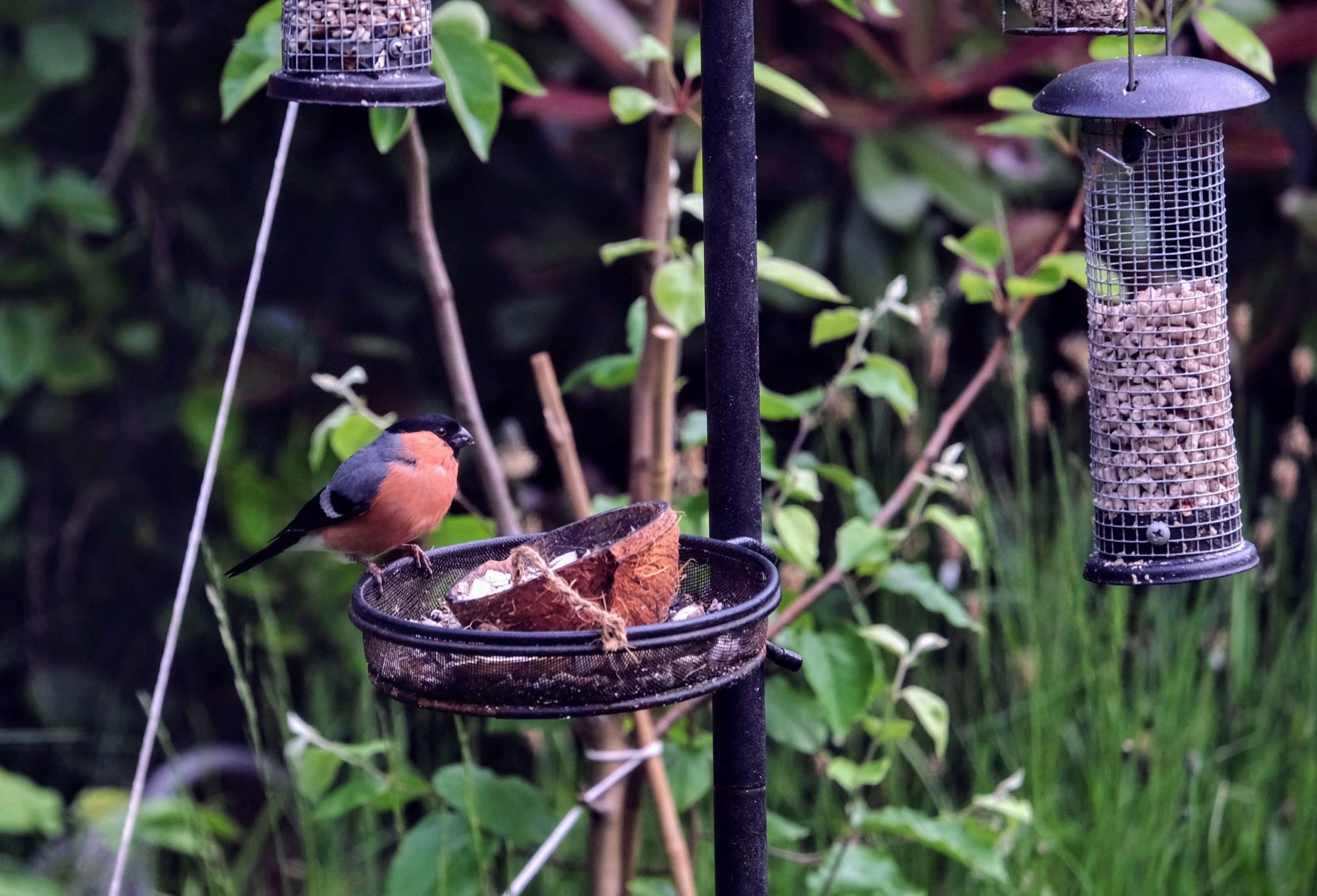
A less regular vistor is the bullfinch which only comes occasionally, but is a beautiful sight when it does arrive.
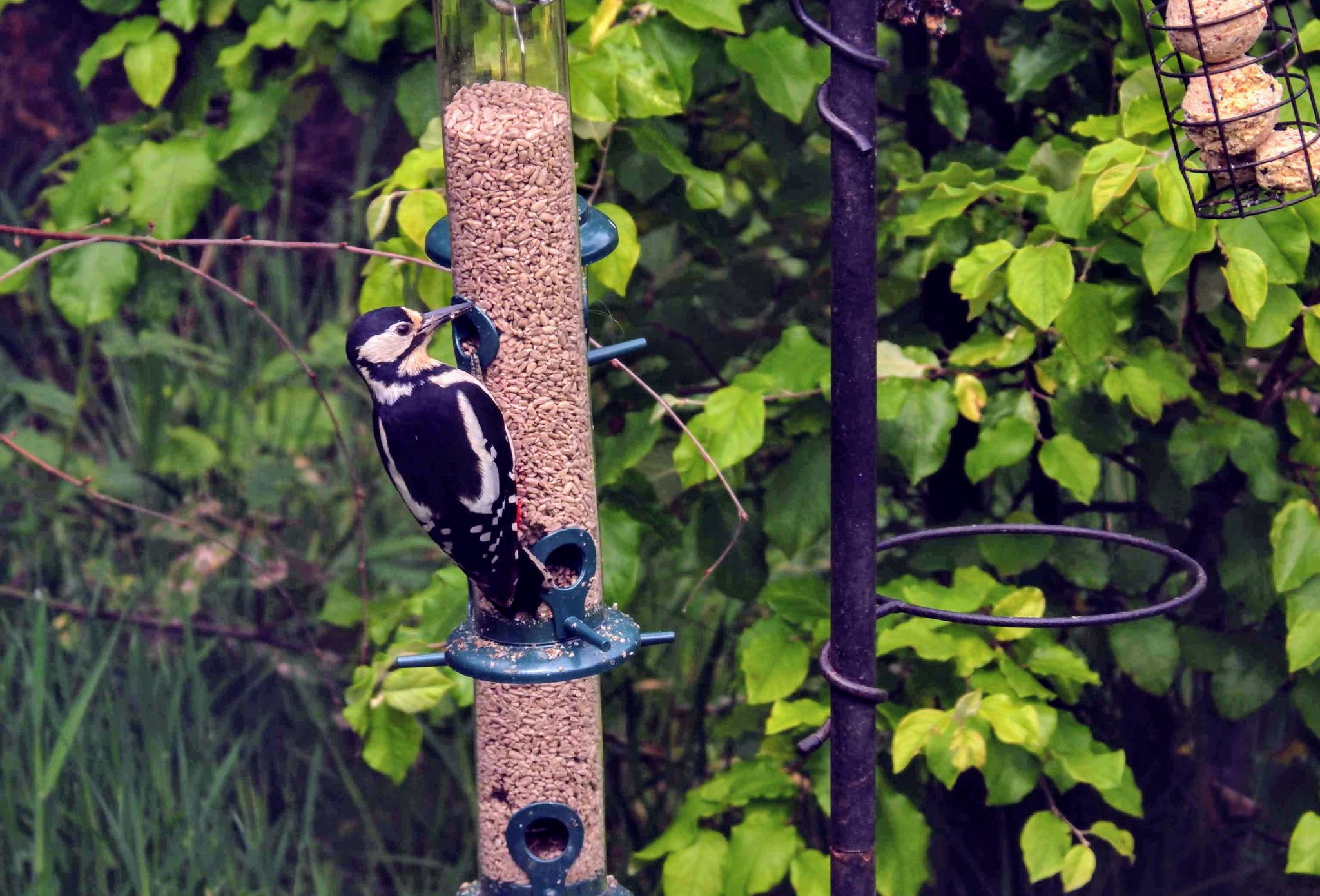
One special visitor is the great spotted woodpecker which stops by every month or so as it flies between Kenworthy Woods and the Southern Cemetery.
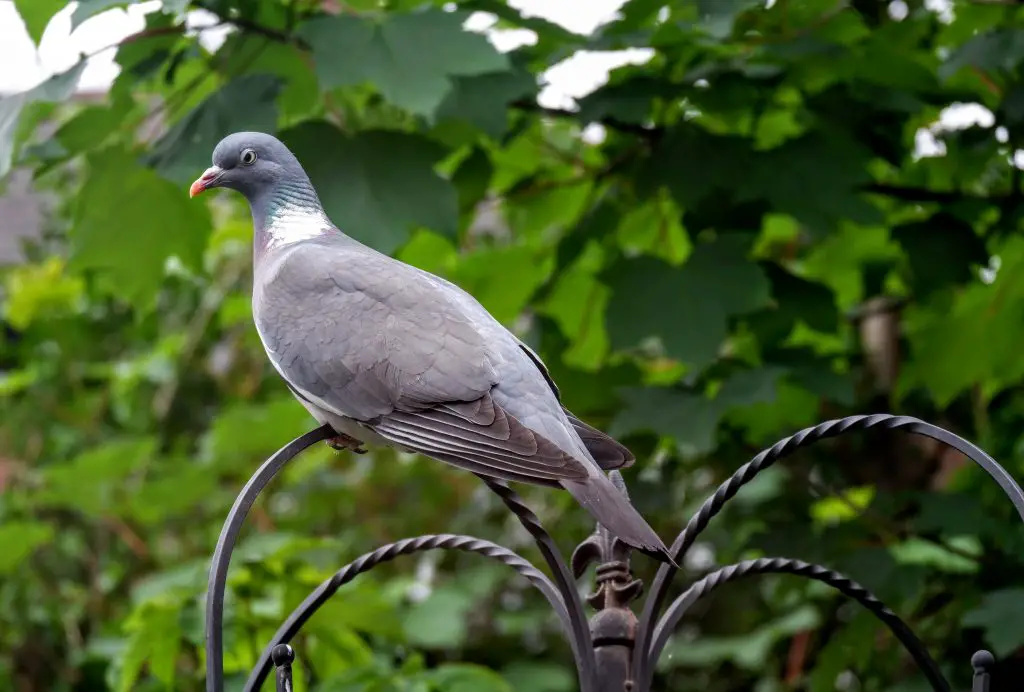
Bigger birds like the woodpigeons desperately try to get into the feeders as well as feral pigeons and collared doves. Popular corvids like the carrion crow, magpies and jackdaws also visit almost daily. Starlings like to come by in a mob and leave the feeder empty afterwards.
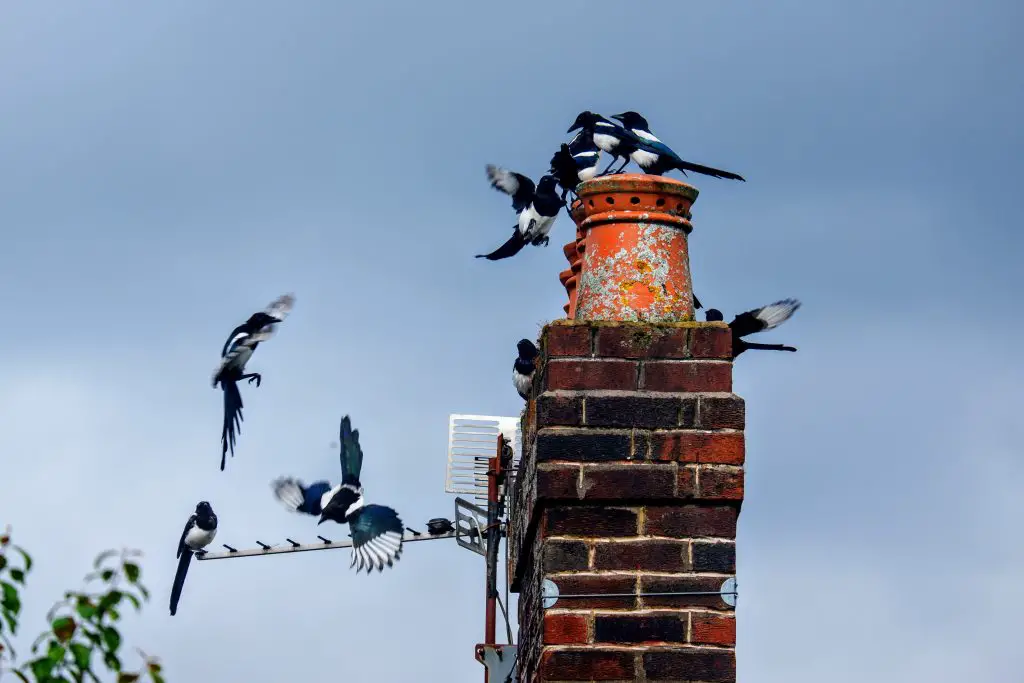
Full list of birds I’ve seen in my garden:
- Blackbird
- Blue tit
- Bullfinch
- Carrion crow
- Coal tit
- Collared dove
- Dunnock
- Feral pigeon
- Goldfinch
- Great spotted woodpecker
- Great tit
- House sparrow
- Jackdaw
- Long-tailed tit
- Magpie
- Robin
- Starling
- Woodpigeon
- Wren
Birds I’ve seen flying overhead include birds of prey like buzzards and kestrels as well as gulls like the herring gull and the black-headed gull.
As Merseybank Estate is close to the River Mersey, mallards and Canada geese fly overhead as well as the ring-necked parakeet that lives in Chorlton Water Park.
Hedges and bushes
Robins, dunnocks, wrens and tits live in the hedgerows and we leave it long so that they can nest in there if they want to. There are two nest boxes that we put up but they haven’t been nested in yet, even though there had been a lot of interest.
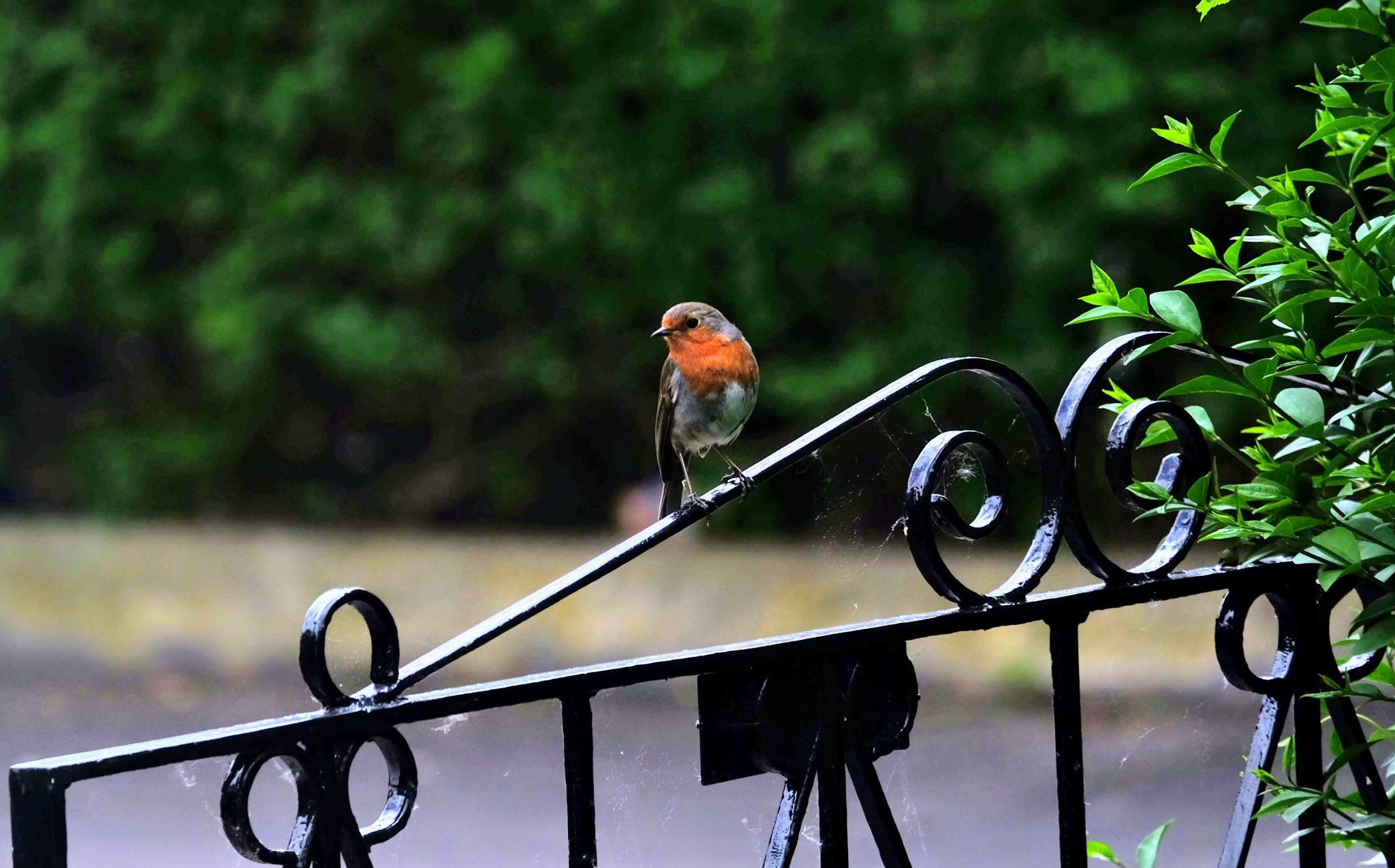
Bug life
The grass is left long with lots of stones and wood as well as the compost heap to attract as much bug life as possible. It certainly worked but a money spiders decided to make a nest on the hosepipe all the same. Once they’re grown they like to hang out by the pond.
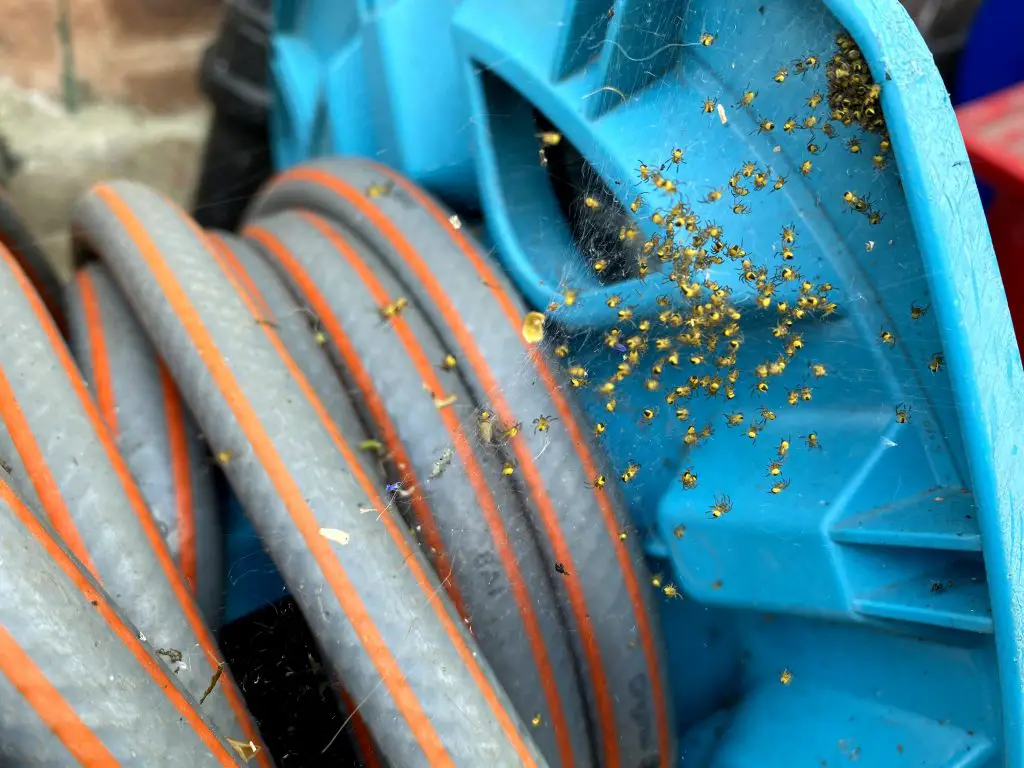
It wasn’t just the spiders that breed as ladybird larvae hatched on the bushes too.
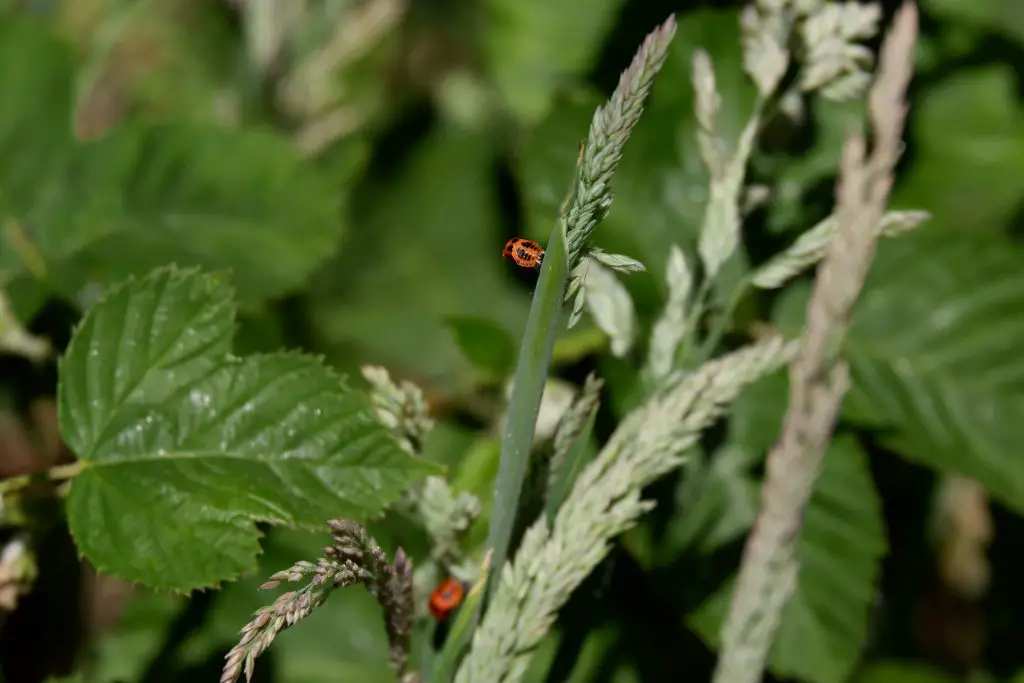
There are blackberry bushes at the back of the garden which is where the ladybirds love to breed and feed.
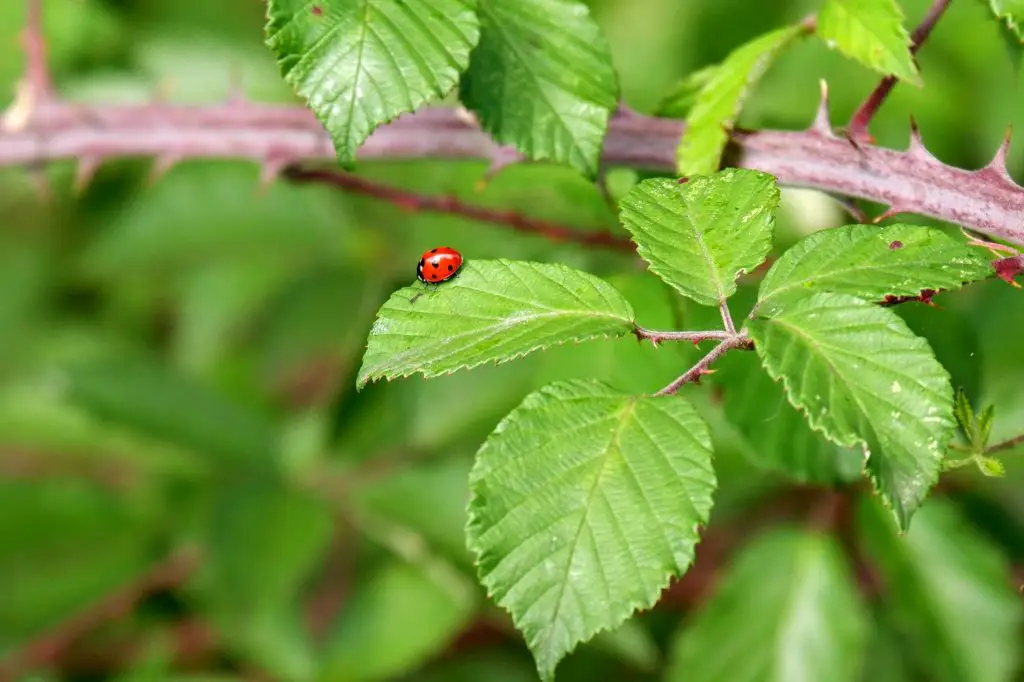
The pond is a big draw for various flies and insects, like this hoverfly perched on the rocks.
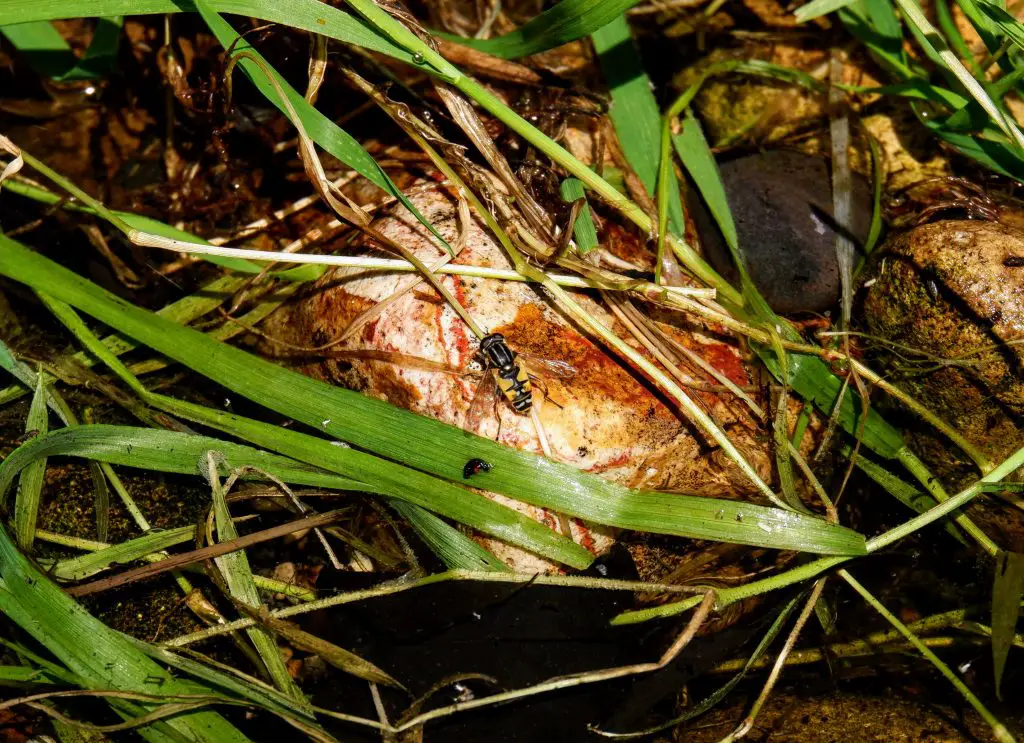
The pond also attracts damselflies, dragonflies as well as bees.
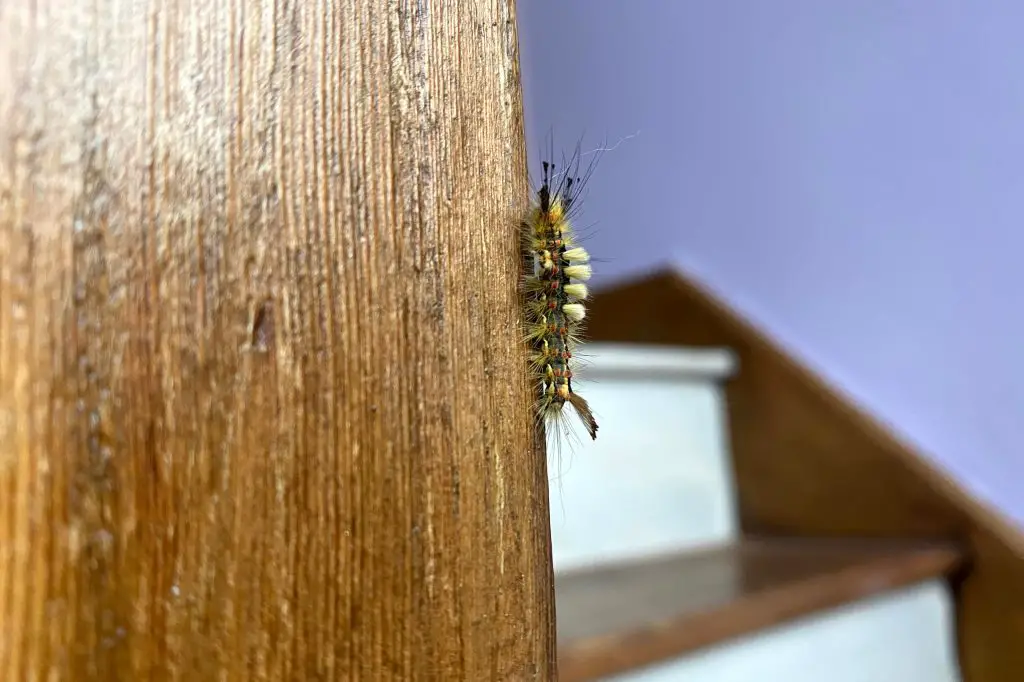
Occasionally the wildlife comes inside the house, like this pale tussock moth caterpillar that climbed up my stairs.
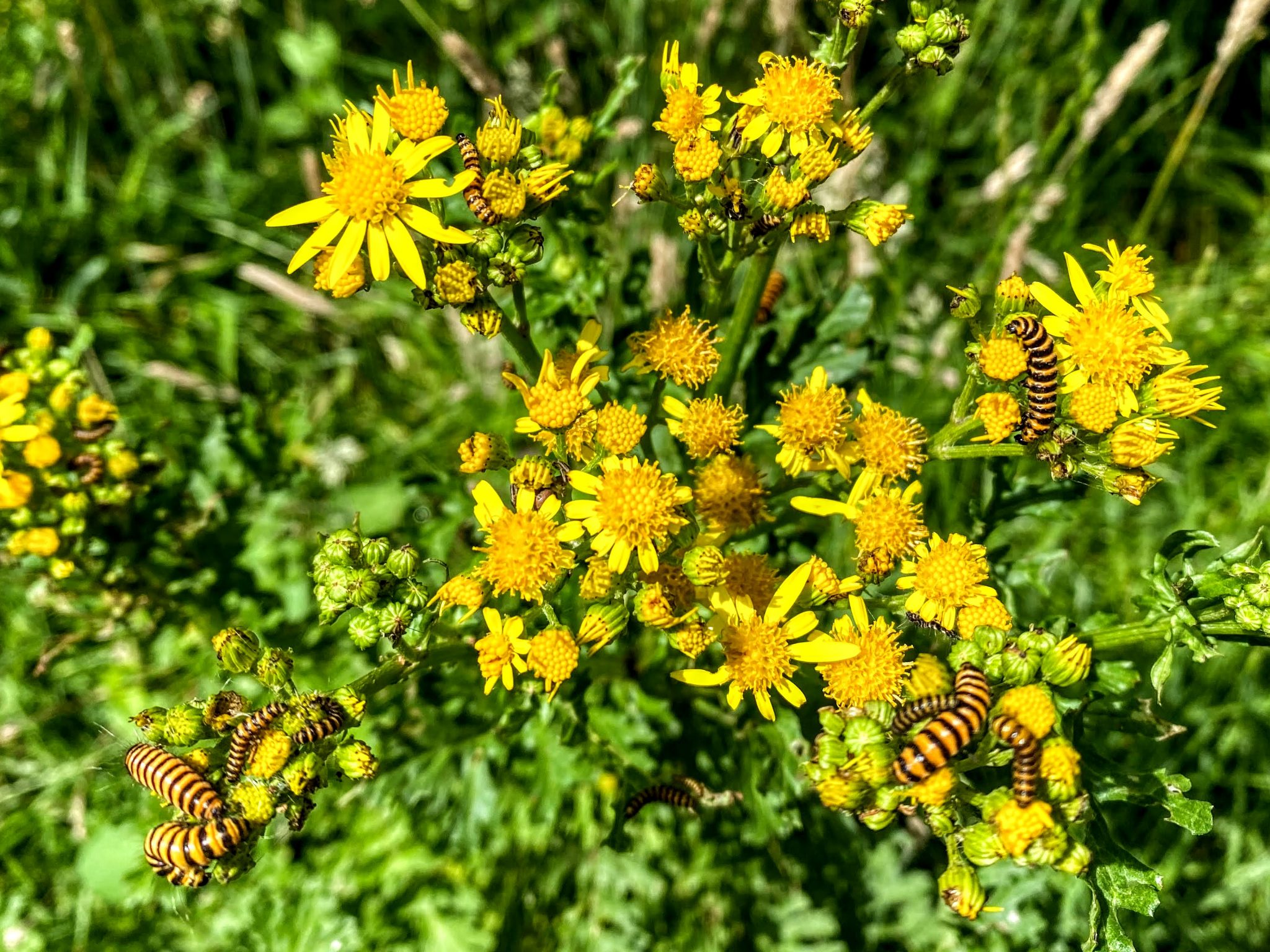
Most of the caterpillars stay outdoors and there were a few weeks in summer when the ragwort in the garden was taken over by cinnabar moth caterpillar. This shows how important plants that seem like ‘weeds’ are to the wildlife that has evolved to feed on them.

Naturally we saw the cinnabar moth which always seem to be out in the day to mix with a selection of incredible butterflies.
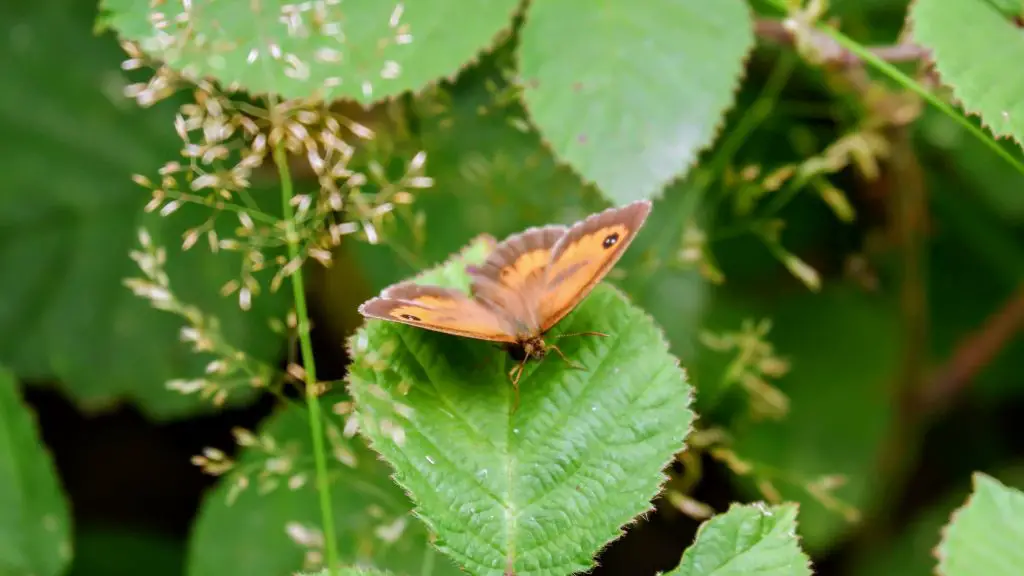
The brambles and wildflowers attract a selection of butterflies including this delightful meadow brown. Other butterflies that have dined in the garden are peacocks, red admirals, commas and large white butterflies.
Pond life
The pond supports all the garden life, but it comes into its own in springtime when the frogs get horny and start spawning.
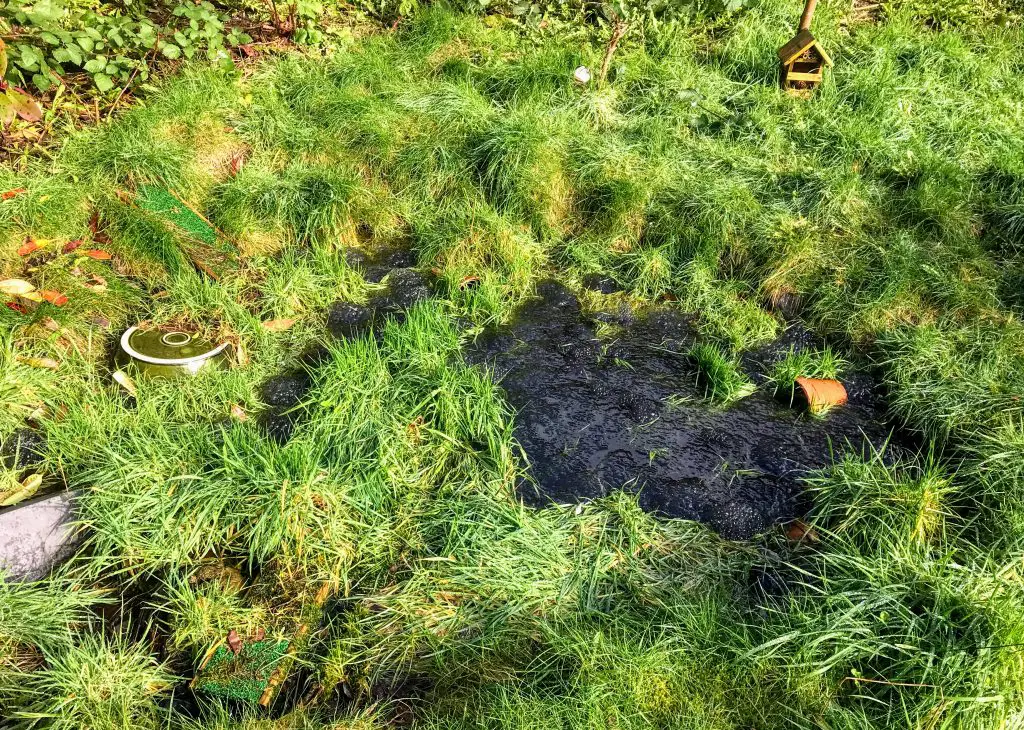
In 2020 we had a bumper crop of frogspawn as every inch of pond was covered and frogs came here to mate for weeks on end. It just goes how vital ponds are to froglife as they run out of places to spawn when land is developed purely for housing.
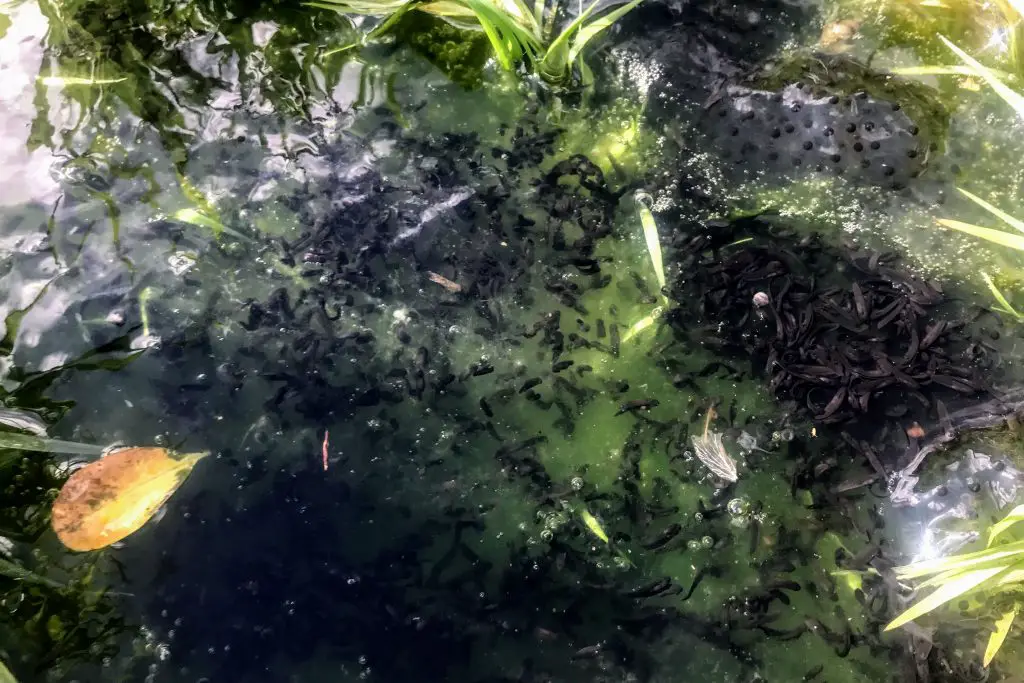
An unprecedented amount of the spawn hatched in 2020 and the pond was full of tadpoles.
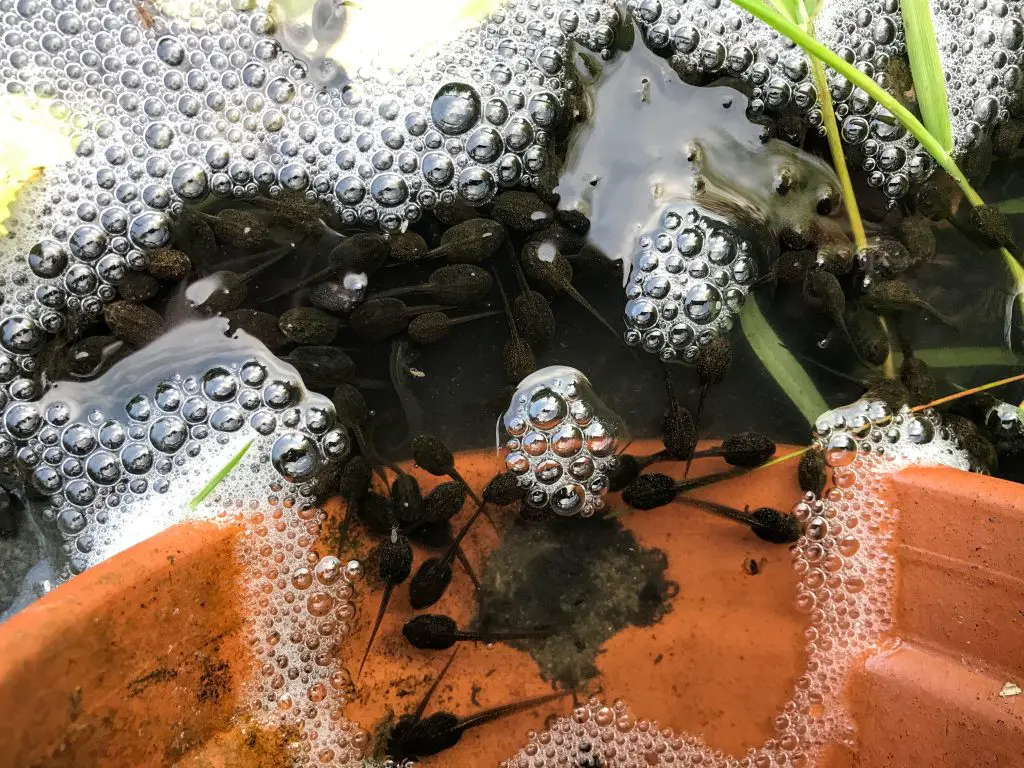
Watching the tadpoles grow every year is a real source of joy.
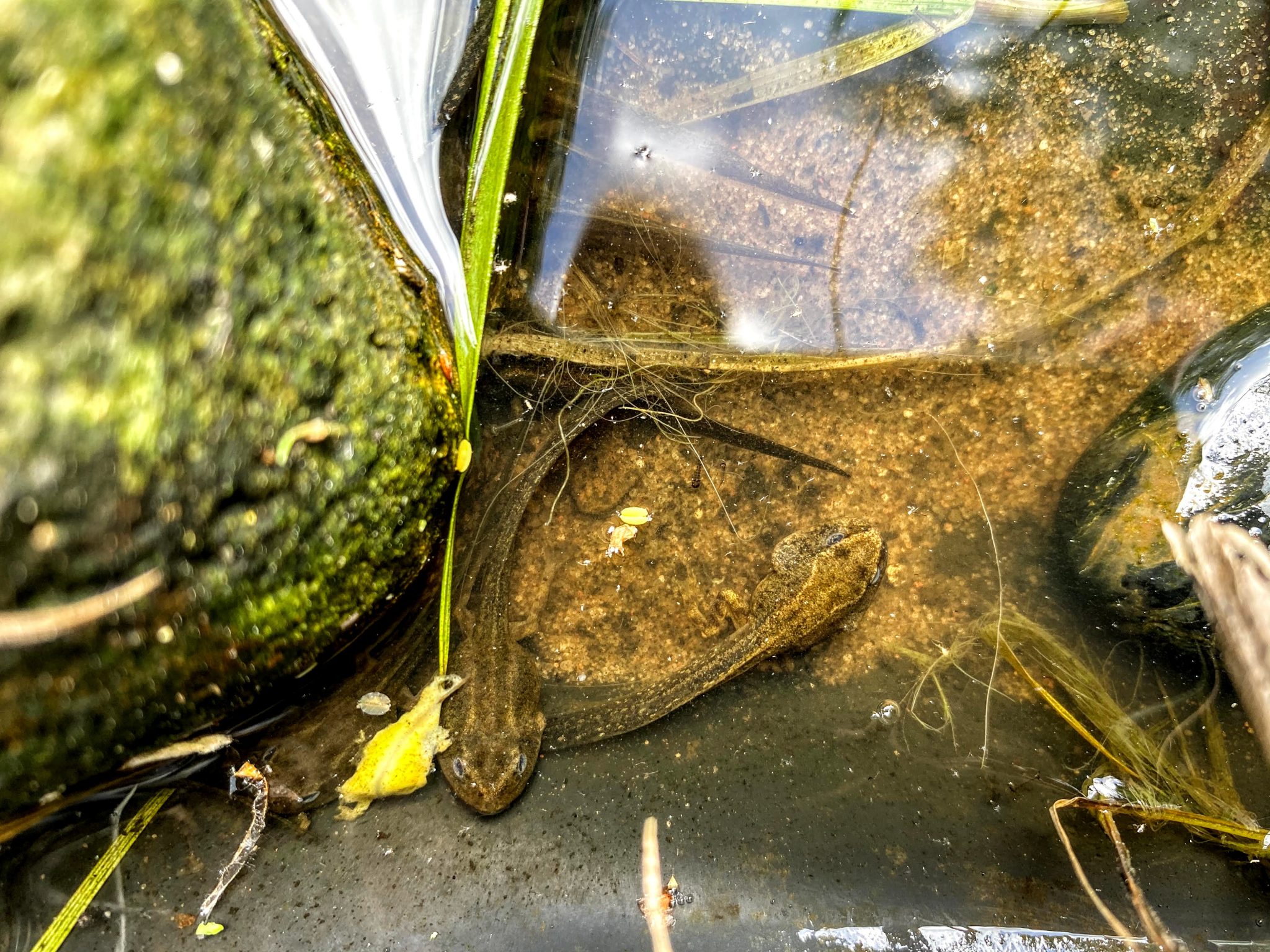
The froglets take over the garden once their legs develop so we avoid cutting the grass during this time.
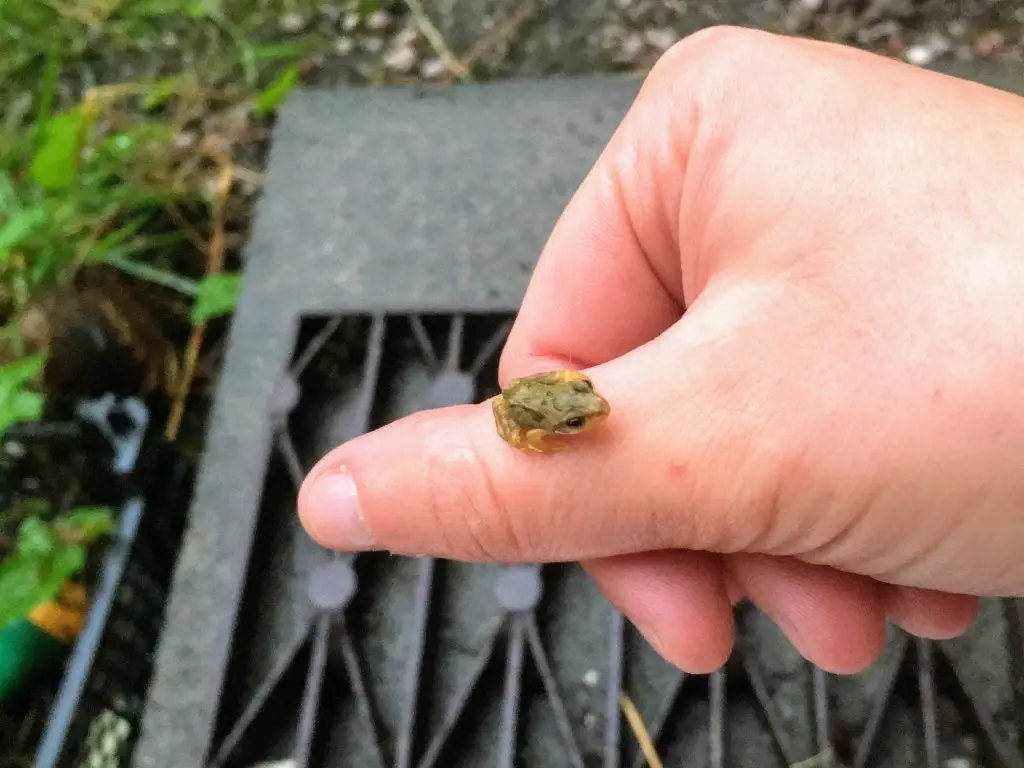
The juvenile frogs turn up everywhere and they sometimes even get into the house.
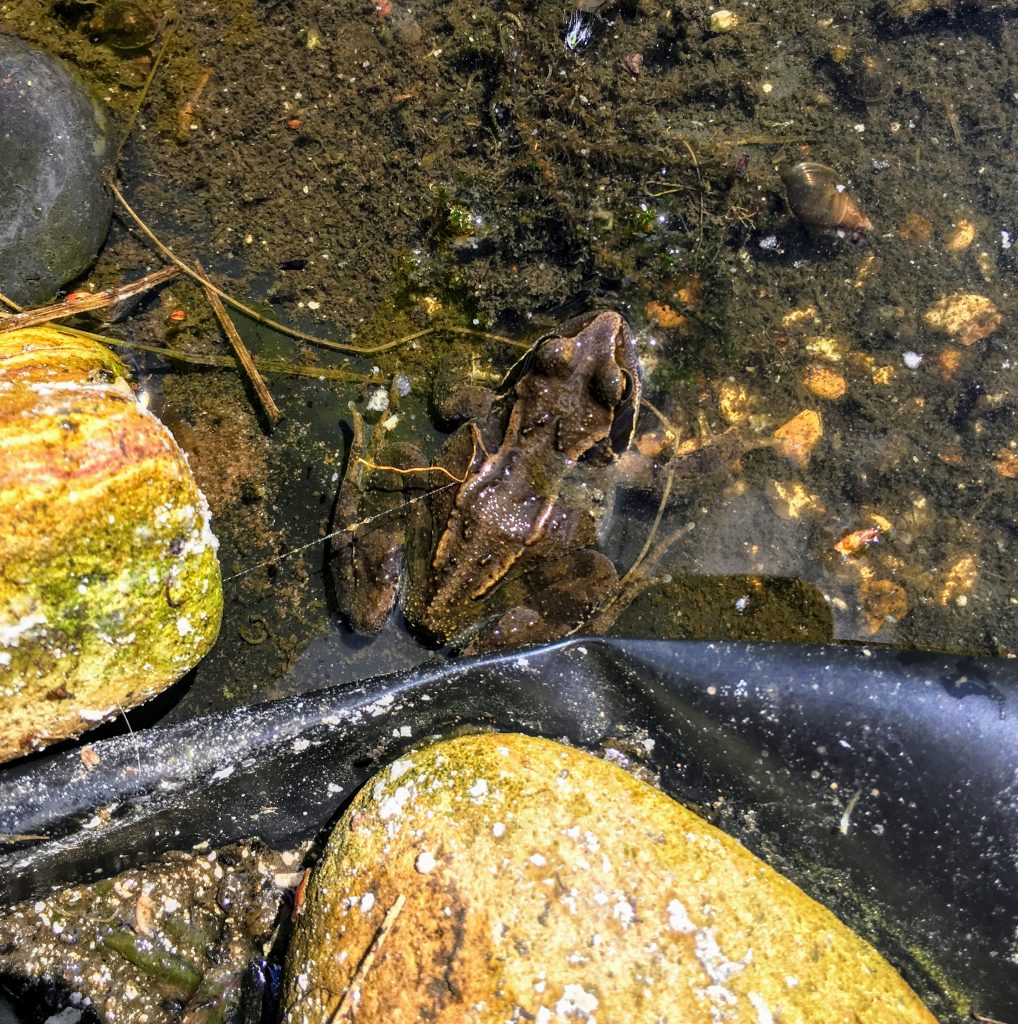
The adult frogs can be found hiding all around the garden, every time I move something I find one sat underneath.
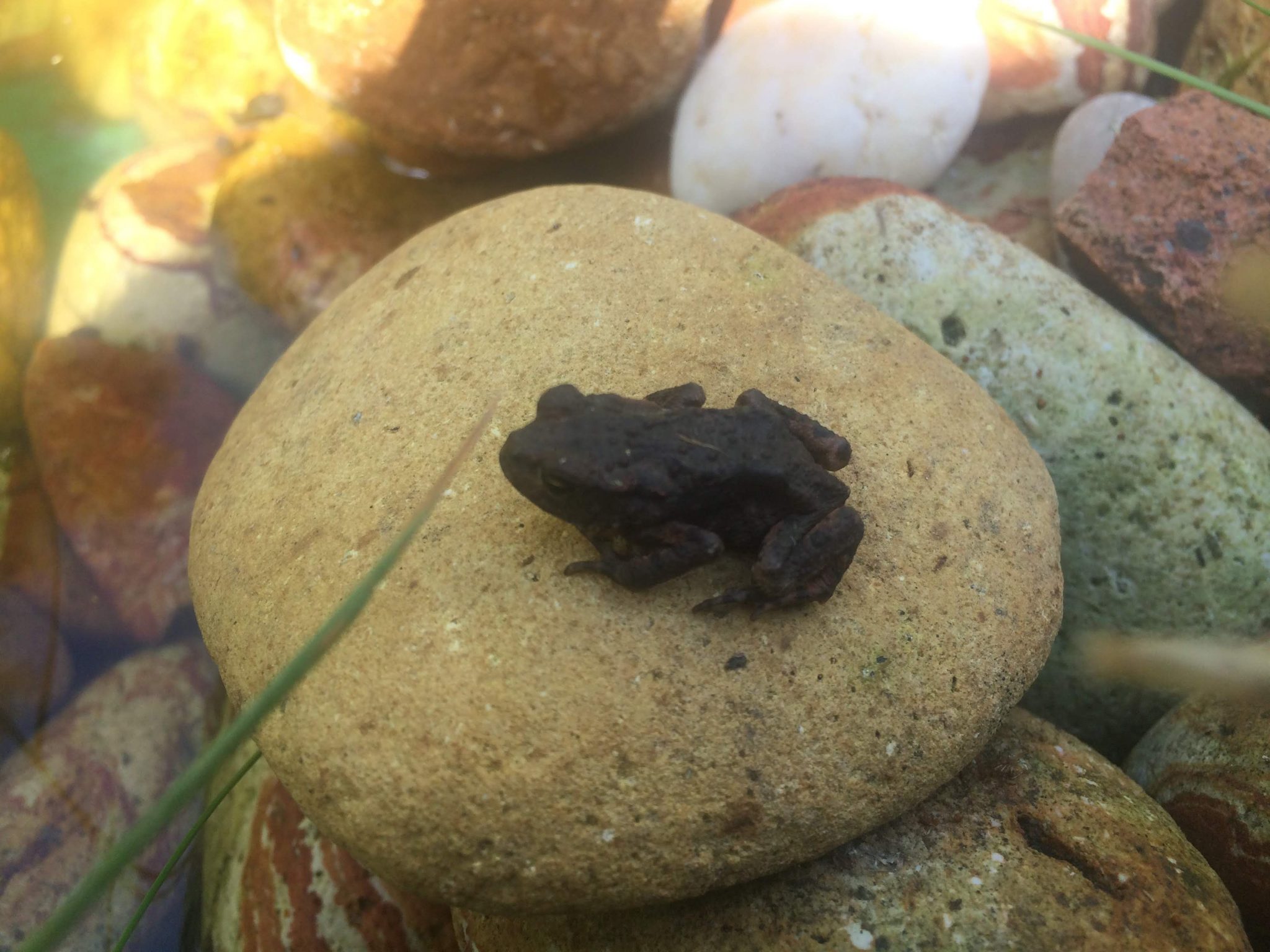
Toads are a less regular visitor than the resident frogs but they do often come for a dip in the pond when they’re heading to the water park.
Mammals
The main mammal in the estate is the grey squirrel and there are two that visit the feeders every day. I greased the pole but they still managed to climb up it so I’ve accepted them now.
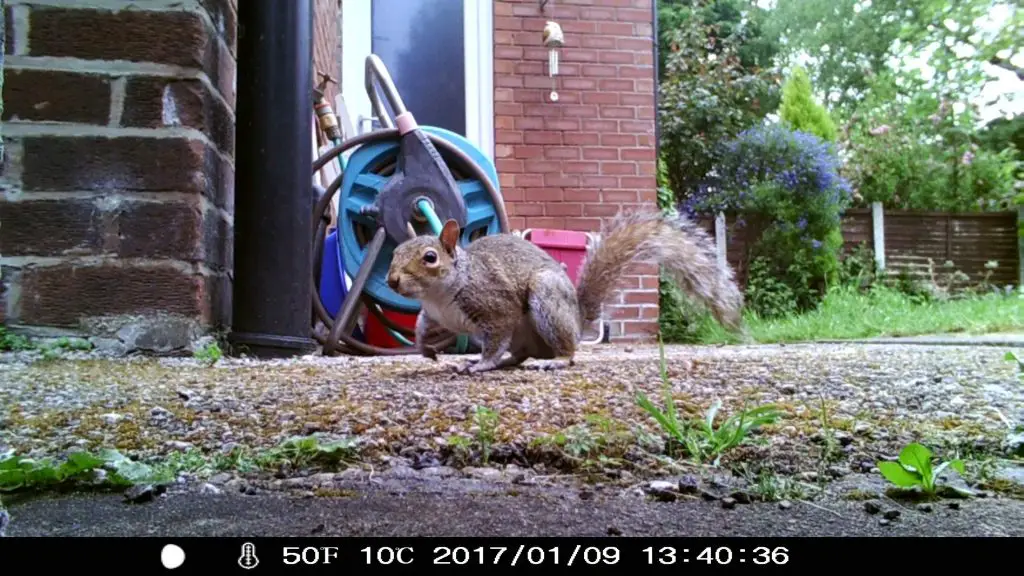
As it’s a busy estate, there are a lot of domestic cats, so when I put my wildlife camera up I managed to capture a lot of them wandering around at night.
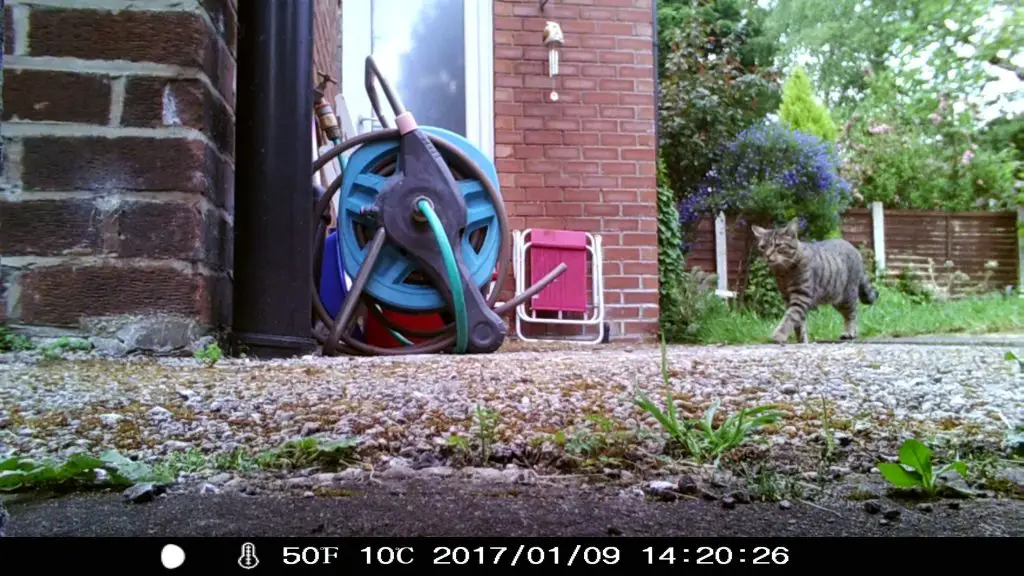
Night life
The night is when most of the mammals can be seen and heard. There are two bats that circle the house at dusk but I’ve never managed to get a picture of them. Our cat actually tried to catch them while on the inside of the window which was entertaining to watch.
I haven’t seen foxes recently but I heard them calling during the mating season so they’re definitely still around. They do occasionally come into the garden but I haven’t managed to catch them on the wildlife camera.
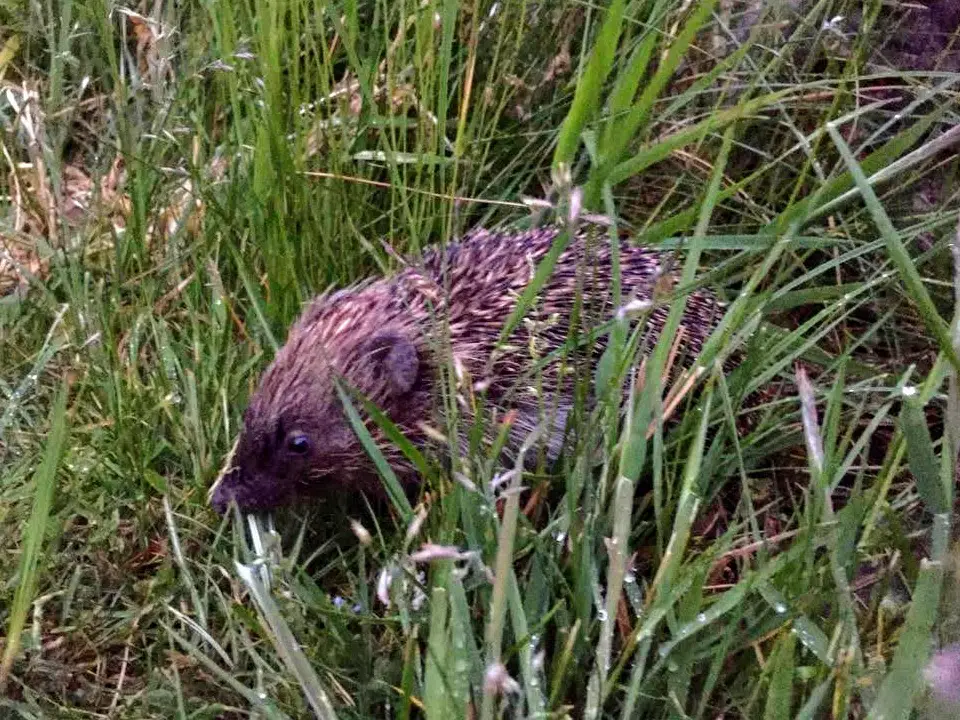
One critter I often see on my wildlife camera is this female hedgehog, and that’s because she visits every night without fail.
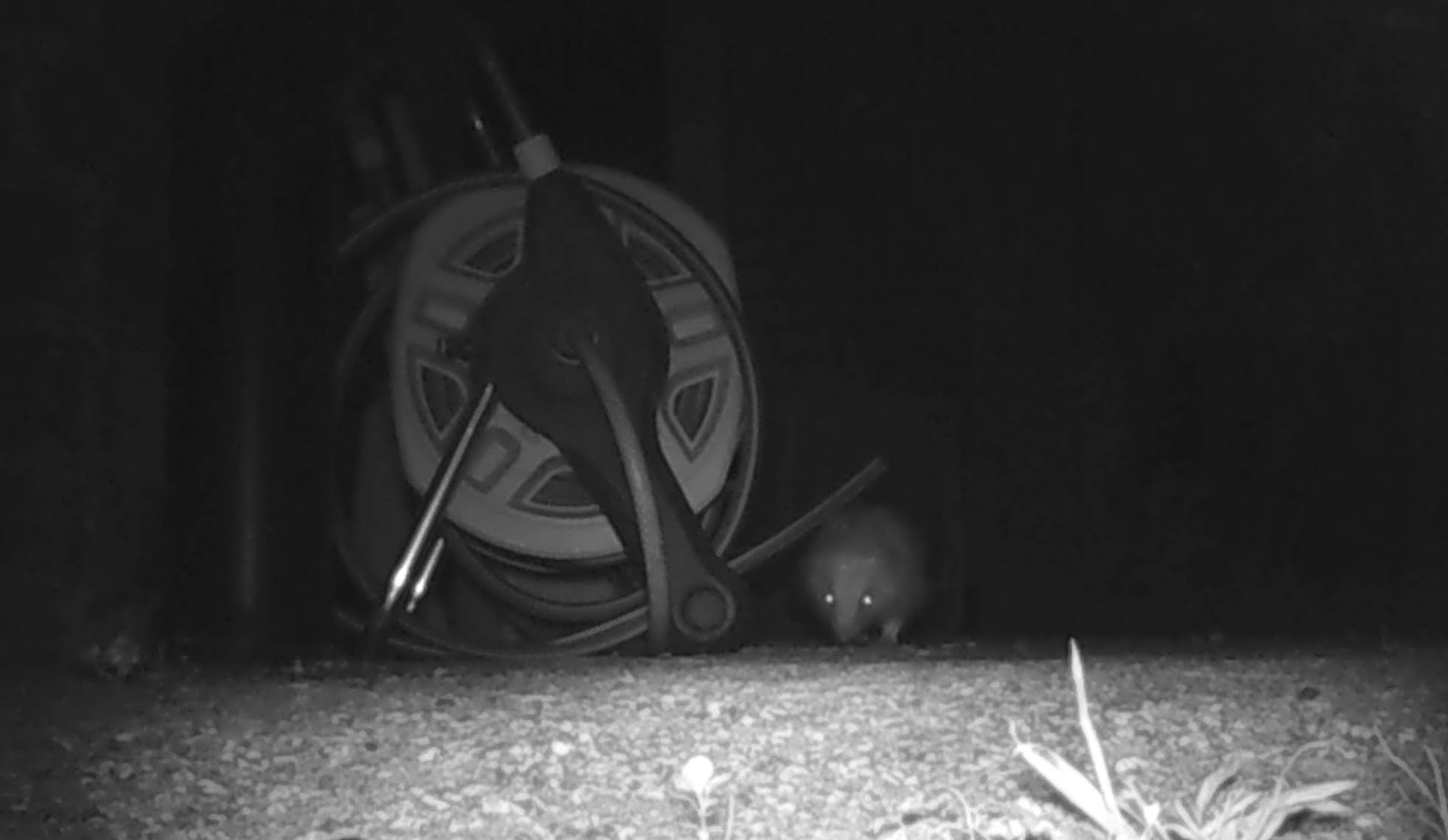
Hedgehogs are an endangered species in the UK and I watched (and heard) her foraging for hours in our garden. The bushes and grass are full of slugs so she noisily gobbles them up while I sit with a glass of wine. She’s not even bothered about our presence anymore and she even comes when we have friends in the garden.
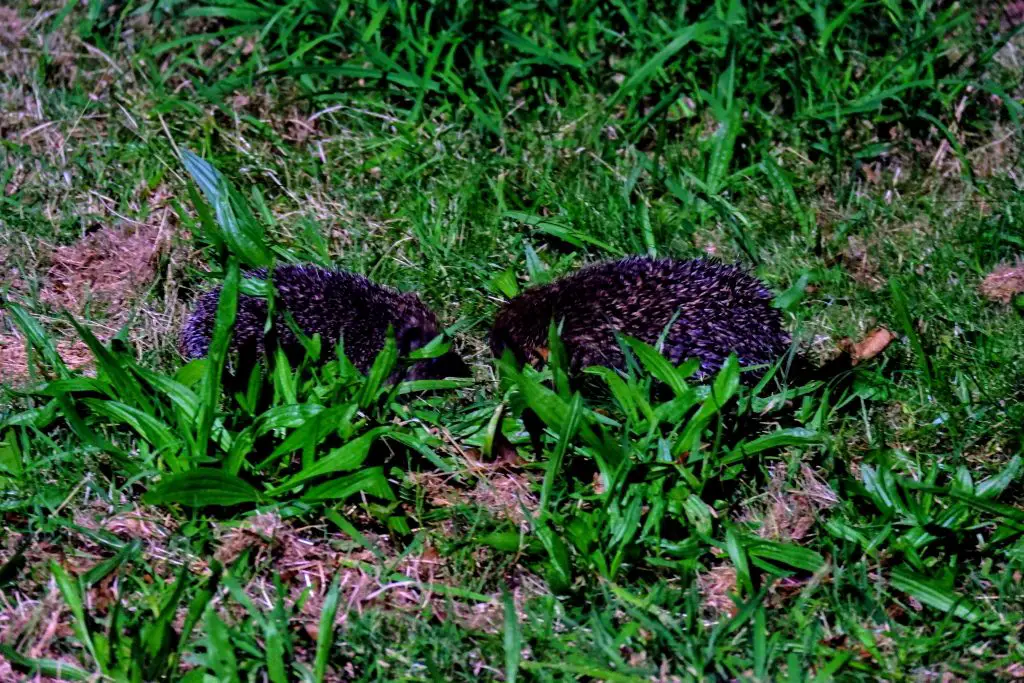
It all paid off just weeks ago when the security light kept going off so we went to investigate. There she was mating with a male hedgehog in the front garden which is exactly why we did all this. All the hard work was worth it as we’d made an oasis that wildlife could use to build it’s falling populations, something we desperate need right now.
What urban wildlife have you seen in your garden? Share your sightings in the comments below!
Pin this for later:
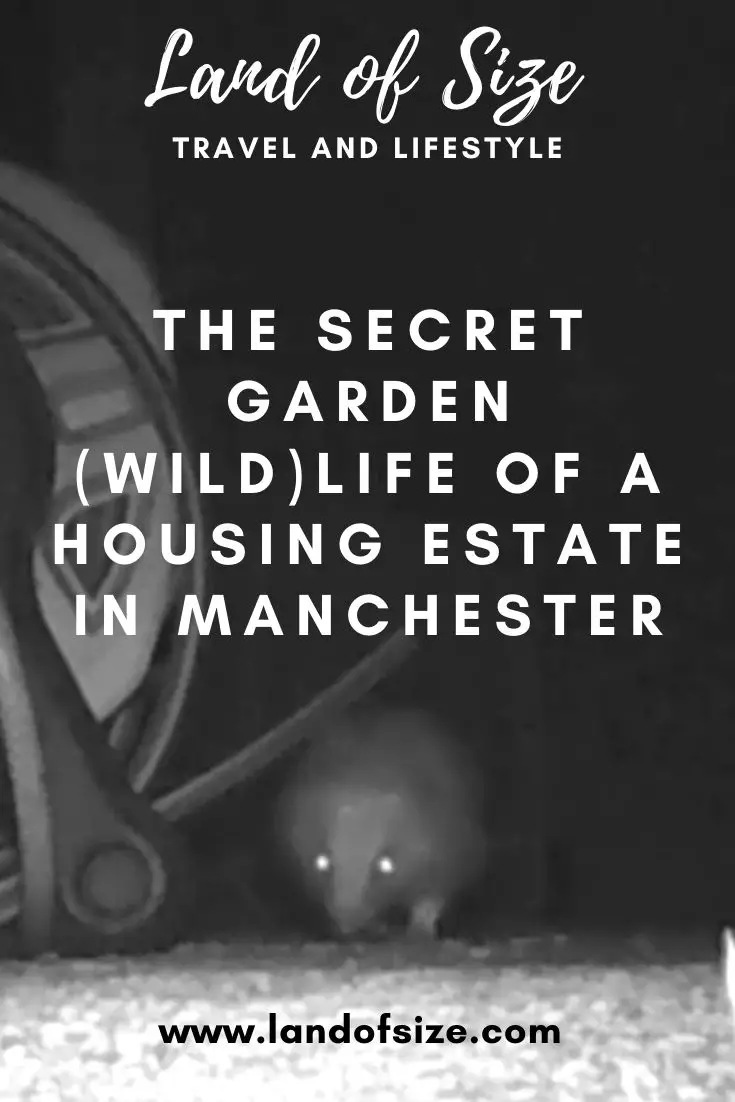
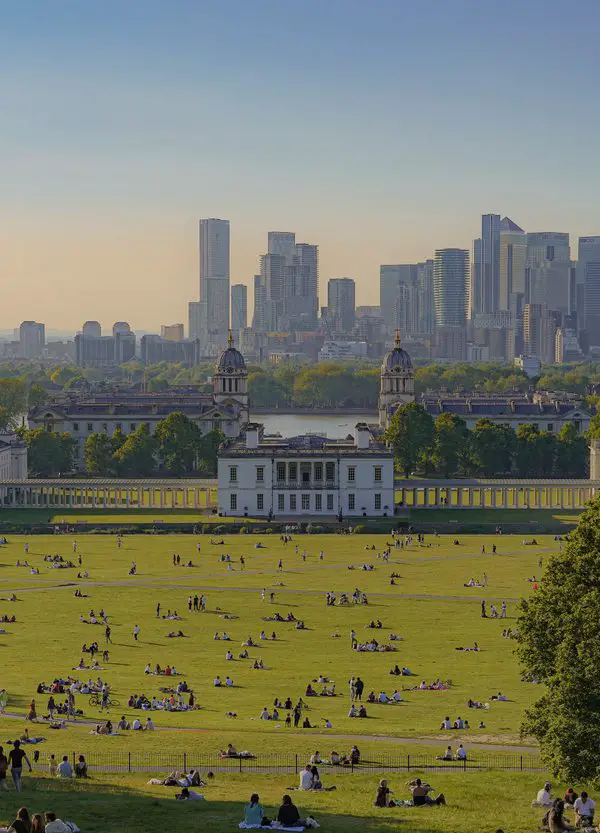
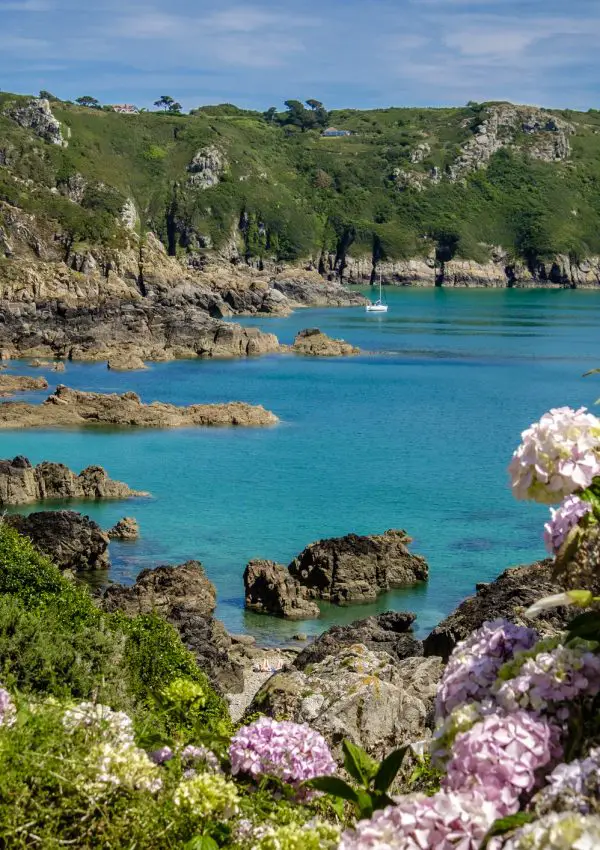
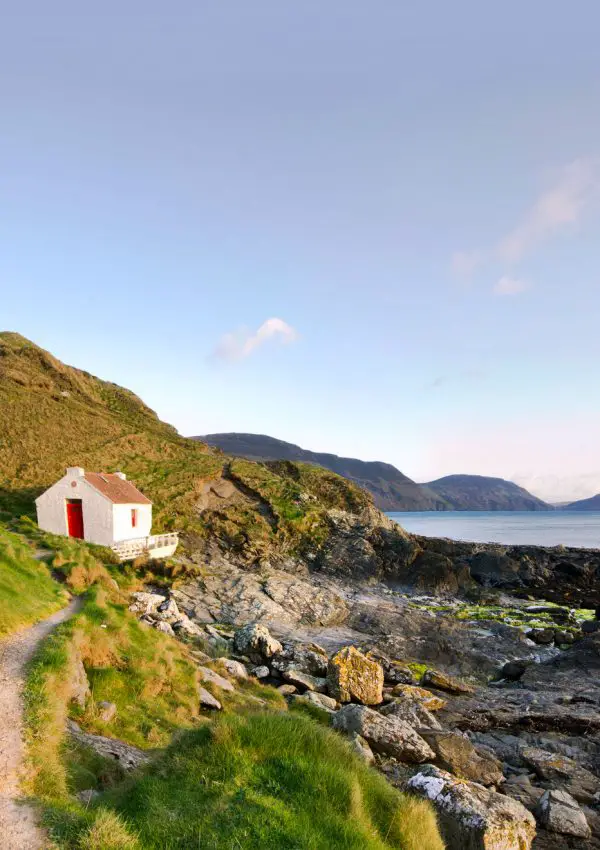
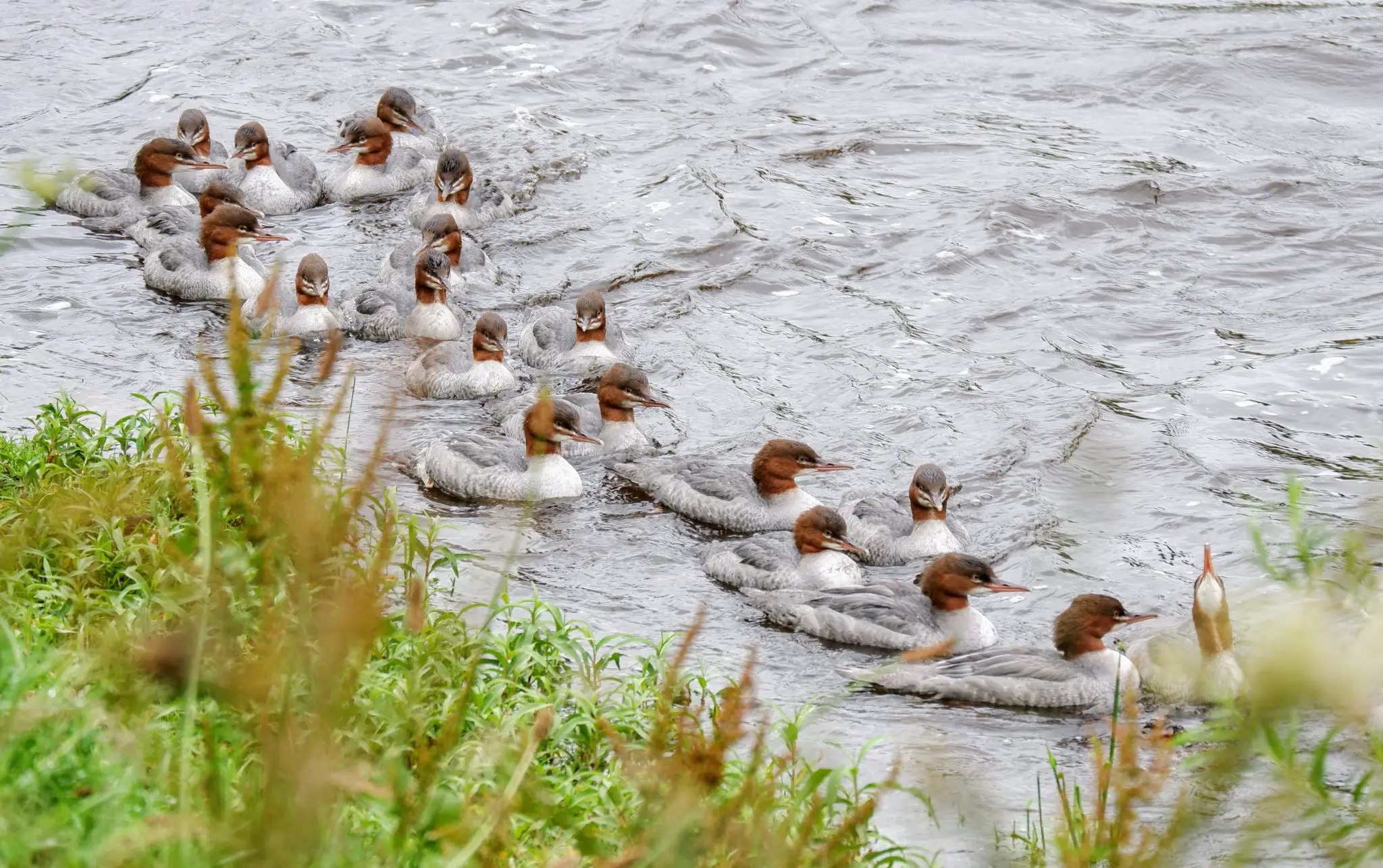
This looks fantastic!!
Amazing! I love wildlife and spend a lot of time out walking. I don’t have a garden as I live in a flat but we have plenty of grassy areas and woodland nearby.
Ahhh some wonderful captures here. There is literally wildlife all around if we stop for a moment to look isn’t there
Awww I’m a huge nature lover!!! Your photos are amazing! Thanks for sharing with us today
Incredible pictures of animals and nature alike!
I don’t live far from you, yet, I’m ashamed to say, I don’t always take in the animals around me. I enjoyed reading this and you’ve taken some amazing pictures!
It is amazing how many different species you have seen and I love your photos. A fox had cubs in a neighbours garden and we were able to watch them grow up.